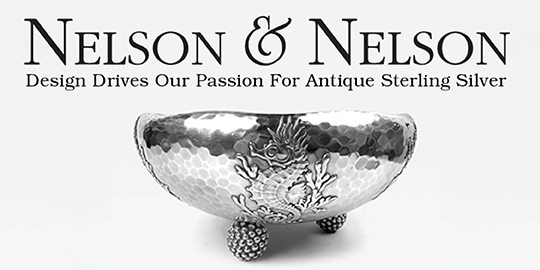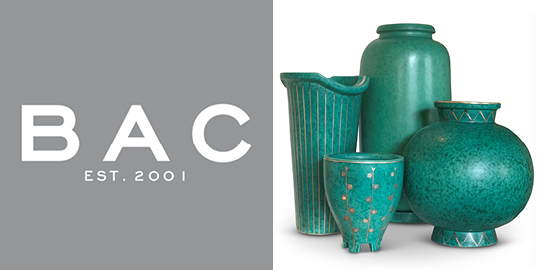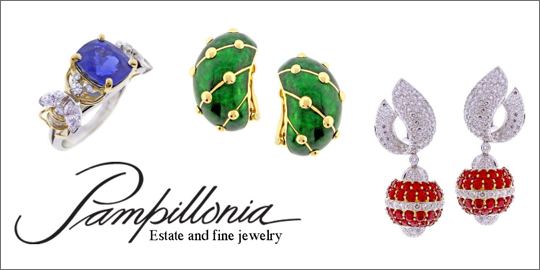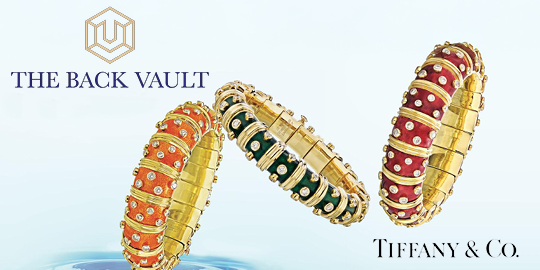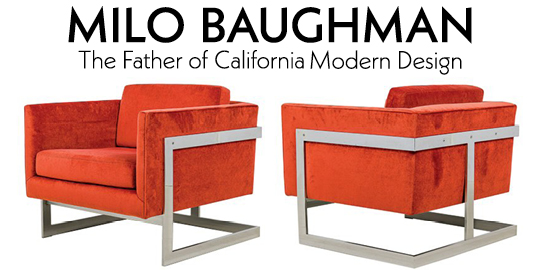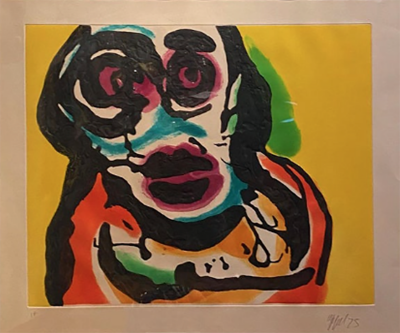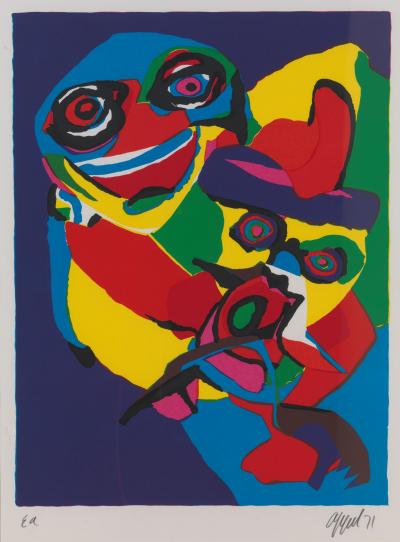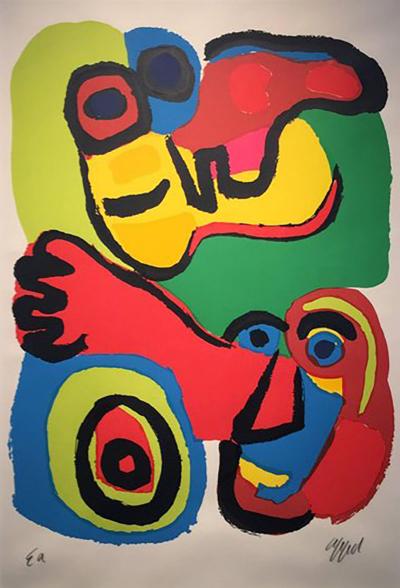Karel Appel
Dutch, 1921 - 2006
Karel Appel, a groundbreaking Dutch painter, infused his figurative abstractions with expressive colors and dynamic forms. Embracing the influence of children's artwork and rejecting sophisticated aesthetic norms, Appel believed that painting should evoke raw, passionate emotions. "Painting, like passion, is an emotion full of truth and rings a living sound, like the roar coming from the lion's breast," he mused. "To paint is to destroy what preceded. I never try to make a painting, but a chunk of life."
Born on April 25, 1921, in Amsterdam, Netherlands, Appel pursued studies at the Rijksakademie van Beeldende Kunsten and held his inaugural solo exhibition in 1946. Inspired by the works of Paul Klee and Joan Miró, Appel embarked on experimental approaches, embracing a rudimentary style reminiscent of folk art to depict subject matter. In 1948, he played a pivotal role in establishing the CoBrA group, an assembly of artists rejecting rationalism and geometric abstraction, along with figures like Asger Jorn, Constant, and Corneille.
Following the dissolution of CoBrA in 1952, Appel joined Art Informel, a collective of abstract artists that included Michel Tapié and Henri Michaux. Throughout subsequent decades, he maintained a commitment to painterly expression, marked by numerous solo exhibitions. Appel passed away on May 3, 2006, in Zürich, Switzerland. His works now reside in esteemed collections such as The Museum of Modern Art in New York, the Art Institute of Chicago, the National Gallery of Art in Washington, D.C., and the Rijksmuseum in Amsterdam.
Born on April 25, 1921, in Amsterdam, Netherlands, Appel pursued studies at the Rijksakademie van Beeldende Kunsten and held his inaugural solo exhibition in 1946. Inspired by the works of Paul Klee and Joan Miró, Appel embarked on experimental approaches, embracing a rudimentary style reminiscent of folk art to depict subject matter. In 1948, he played a pivotal role in establishing the CoBrA group, an assembly of artists rejecting rationalism and geometric abstraction, along with figures like Asger Jorn, Constant, and Corneille.
Following the dissolution of CoBrA in 1952, Appel joined Art Informel, a collective of abstract artists that included Michel Tapié and Henri Michaux. Throughout subsequent decades, he maintained a commitment to painterly expression, marked by numerous solo exhibitions. Appel passed away on May 3, 2006, in Zürich, Switzerland. His works now reside in esteemed collections such as The Museum of Modern Art in New York, the Art Institute of Chicago, the National Gallery of Art in Washington, D.C., and the Rijksmuseum in Amsterdam.
Karel Appel
ACQUATINT AND CARBORUNDUM UNTITLED PLATE IV FROM FIVE NIGHT FACES IN BROADWAY
H 36 in W 41 in
$ 4,800
Karel Appel
20th C, Appel Karel (1921-2006),Masks-Artist Proof, Screen Print, Framed, Signed
H 28.74 in W 40.55 in
$ 1,725
